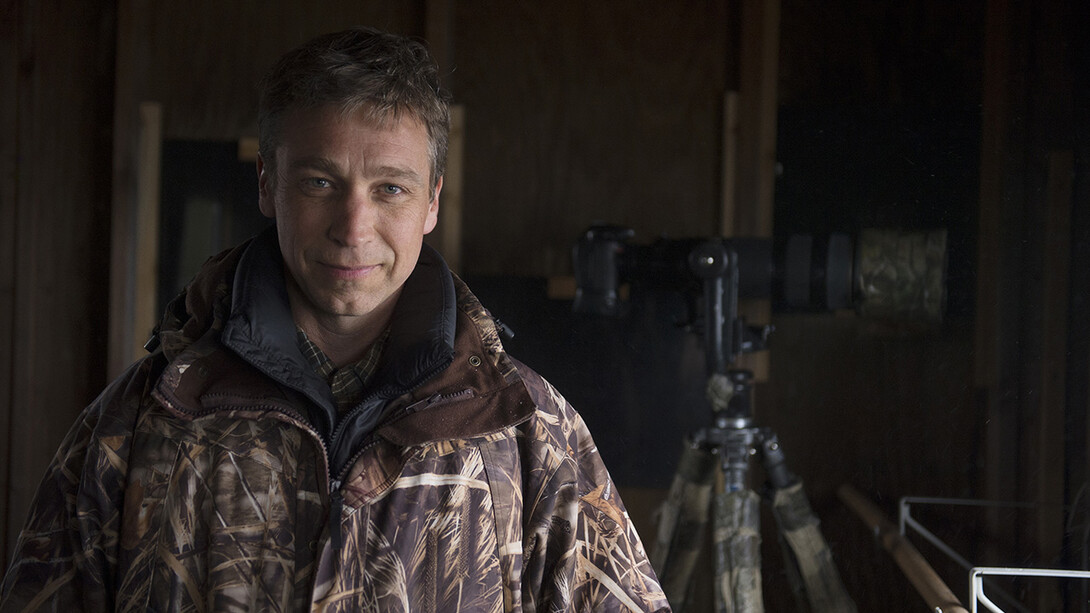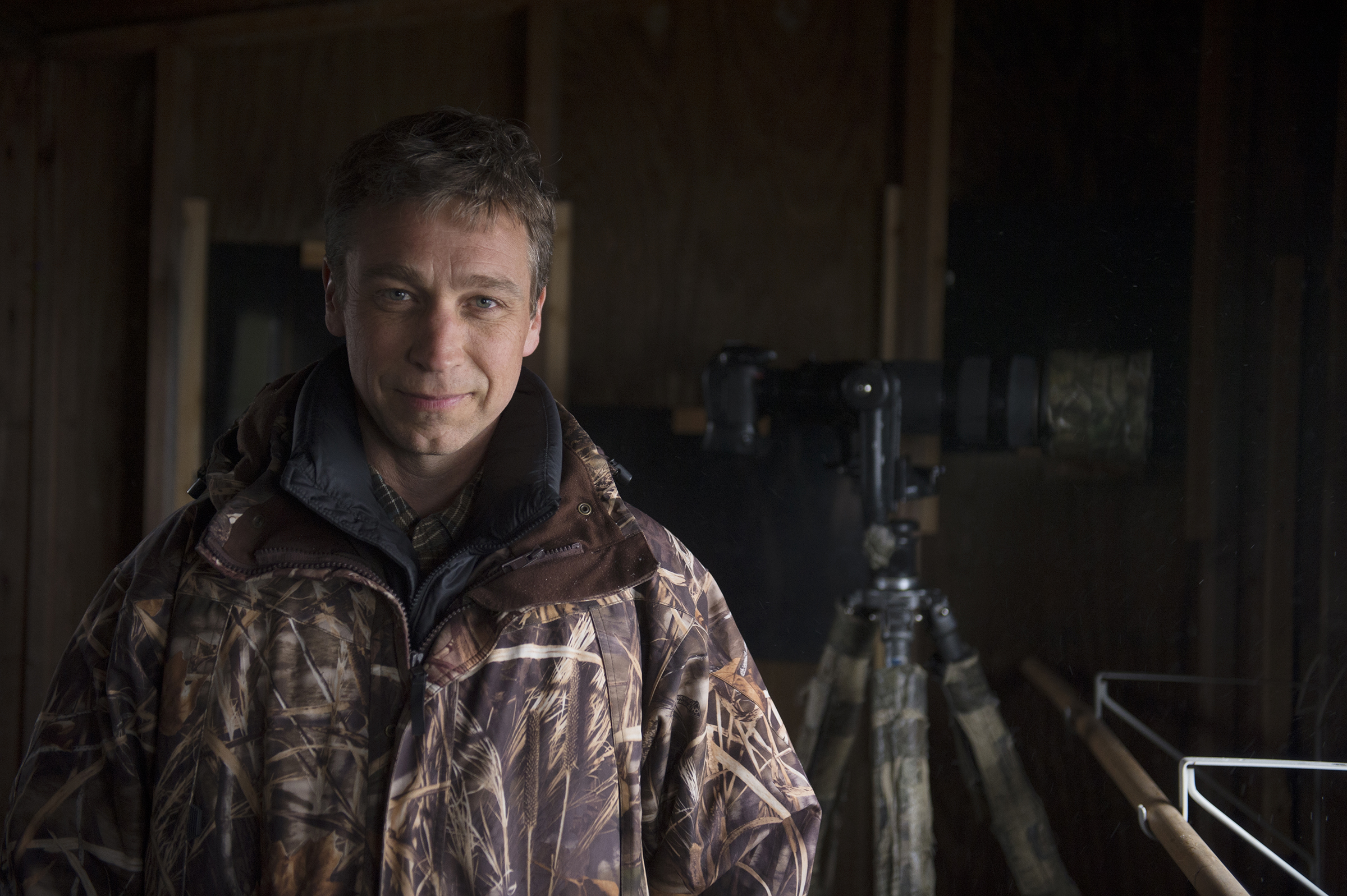
Conservation photographer and Nebraska native Michael Forsberg will present the 2017 Lavin Memorial Seminar at 2 p.m. April 28 in the Hardin Hall Auditorium, 3310 Holdrege St.
The seminar is free and open to the public. The Gamma Theta Upsilon international geography honor society induction ceremony will follow the lecture.
The seminar honors Stephen Lavin, who spent three decades with the University of Nebraska-Lincoln’s geography department. Lavin was a specialist in cartography, who was well known for his research on map design, cartographic communication and computer cartography. He died in 2011.
Forsberg’s lecture will highlight his time growing up in the state, including his time as a student at Nebraska, where he graduated with a geography degree. It also will focus on three of his long-term conservation projects that span the past 20 years: the Sandhill cranes migration, the Great Plains and the Platte Basin.
“All of these projects are rooted in geography,” Forsberg said, “and all focus on our home here on the Plains.
“I think if you are a geographer, you must inherently be curious about the world and seek to understand how anything connects to everything else. If you are a photographer working in conservation, you need to have that same curiosity and perspective.”
His presentation will include visuals.
Some of his best-known work includes “Joy,” a picture of a Sandhill crane leaping in the air, wings spread; “Balancing Act,” a picture of a male burrowing owl running at the camera across the prairie; and the Platte Basin Timelapse Project, a partnership between the university and NET Television used to inform scientific research and build educational content.
Forsberg’s photos have been featured in magazines such as Audubon, National Geographic, Nature Conservancy and Outdoor Photographer, and his fine art prints and exhibitions have traveled and been sold worldwide. They’ve also been featured on two U.S. Postal Service stamps, in 2000 and 2017. This year’s stamp features a photograph of Sandhill cranes in flight at dusk and celebrates Nebraska’s 150 years of statehood.
In addition to his photography business, Forsberg teaches at the university and is a fellow at both the Center for Great Plains Studies and the Robert B. Daugherty Water for Food Global Institute. He often works in close collaboration with the School of Natural Resources and its centers on conservation work.
“The university has and continues to be blessed with many wonderful geography professors and staff,” Forsberg said. “Geography is more important now than ever and should provide perspective in everything we do at the university.”
For more information on Forsberg and his work, click here.








